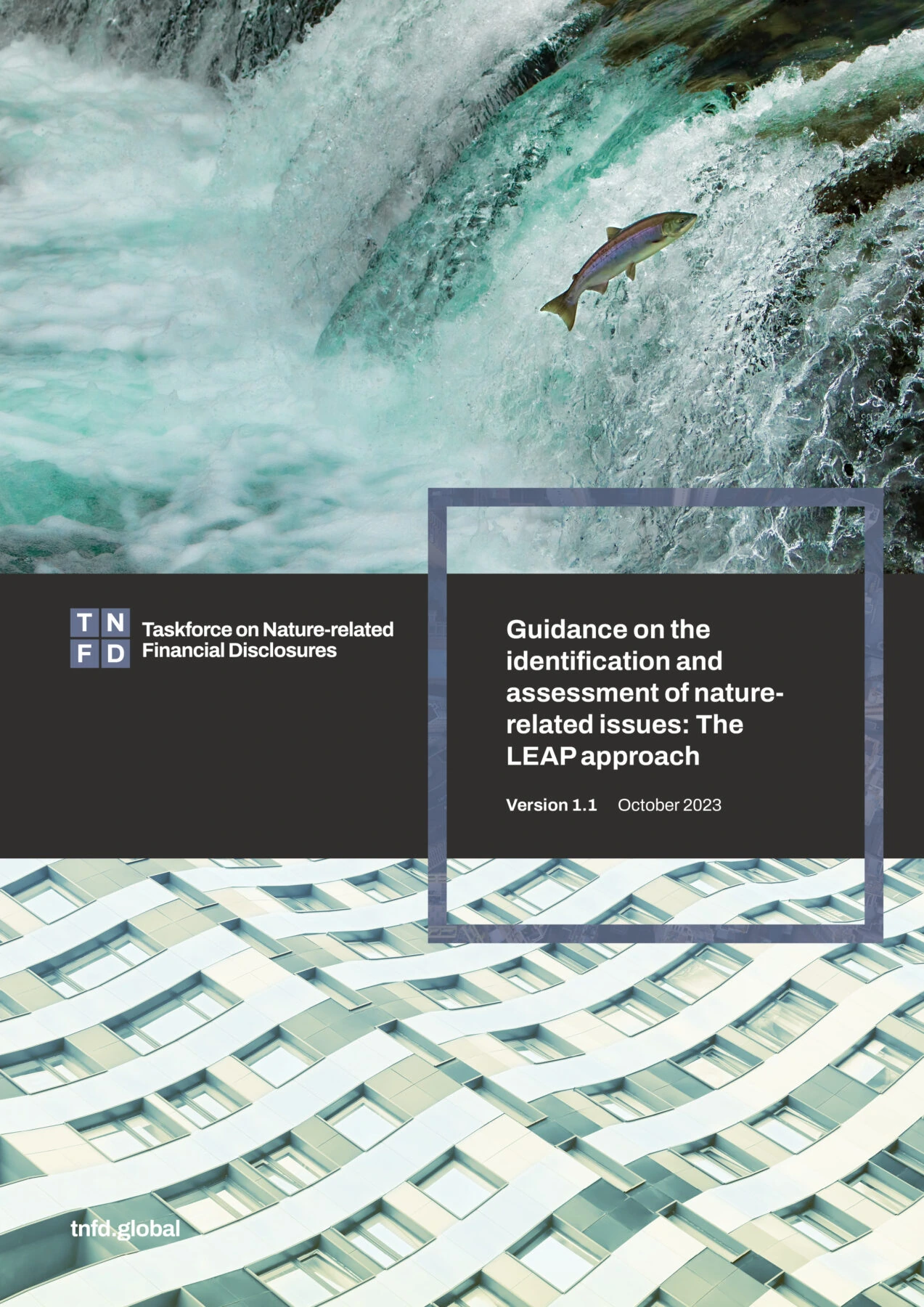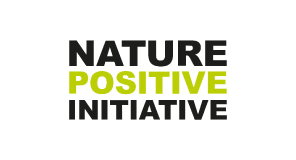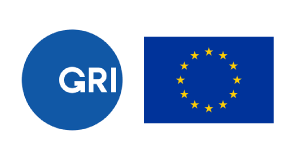Alignment with Other Frameworks
How IUCN RHINO aligns with existing frameworks

TNFD
The IUCN RHINO approach is aligned with the TNFD Locate, Evaluate, Assess, and Prepare (LEAP) approach. Following the IUCN RHINO approach generates information that will be valuable for corporate disclosure.
The IUCN RHINO approach helps companies work through the LEAP approach with resources, toolkits and guidance that make the process simple and easy to adopt. In particular, using IUCN RHINO, companies can screen their assets (for instance, plantations, crop production areas, mine sites, construction or infrastructure projects) and get a ready assessment of their potential impacts on nature.
The IUCN RHINO approach goes further than the TNFD LEAP approach in providing companies with subsequent guidance to plan, implement, and report on actions to reduce impacts on biodiversity and support delivery of rapid, verifiable contributions to reducing biodiversity loss.

Kunming Montreal Global Biodiversity Framework (KMGBF)
The IUCN RHINO approach is designed to support the delivery of contributions to the KMGBF goals and targets, specifically those for species and ecosystems.
Leveraging the Species Threat Abatement and Restoration (STAR) metric, the IUCN RHINO approach can provide an analysis of the potential contributions to the KMGBF that can be made by land use planning, policy and regulatory measures. For instance, if countries implemented policies to completely protect all Key Biodiversity Areas, this action alone would deliver around 50% of the KMGBF target. Furthermore, these contributions can be broken down across sectors, companies, geographical areas, threats and corporate footprints.
Other frameworks we align with

Nature Positive Initiative
The Nature Positive Initiative is providing guidance and alignment around contributions to the Global Goal, in particular in the definition of the components and metrics around Nature Positive. The IUCN RHINO approach presented here is consistent with, and can form part of, the Nature Positive Initiative Measurable Nature Positive Goal for the CBD mission, by proposing tracks, metrics and mechanisms for setting and delivering targets on two aspects of the Nature Positive global goal: extent and ecological integrity of habitats (in the future), and extinction risk of species.

GRI: Global Reporting Initiative and CSRD: Corporate Sustainability Reporting Directive
The GRI is aligned with the CSRD, and both have been developed in close association with the TNFD LEAP approach. THE IUCN RHINO approach provides companies with a means to work through the TNFD LEAP approach, and thus provide outputs that are compatible with both GRI and CSRD.

SBTN: Science-Based Targets for Nature
The SBTN target-setting approach, for the terrestrial realm, focuses on reductions in land-use change in areas that can be identified as important for biodiversity by approaches such as the IUCN RHINO; the latter is complementary to SBTN as it focuses on actions that produce measurable reductions in a range of known threats to specific components of biodiversity in known places.
Take your first step to Nature Positive outcomes
IUCN RHINO guides what to do, where to act, and how to measure progress towards Nature Positive outcomes.





